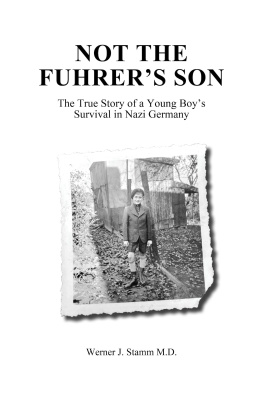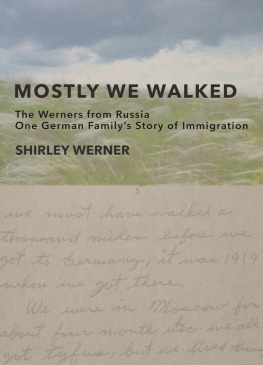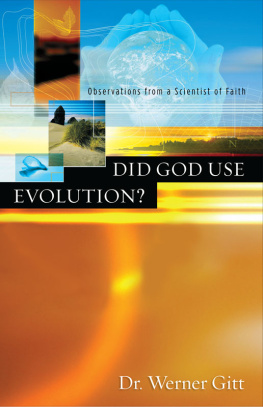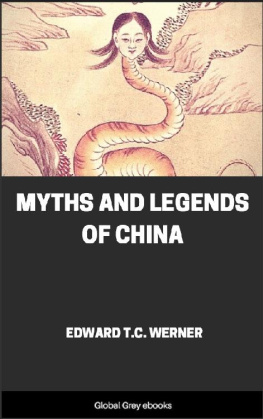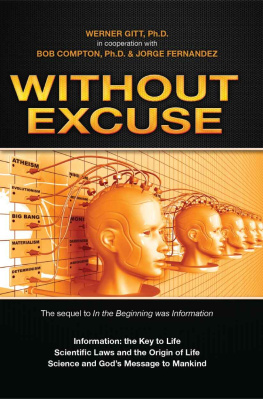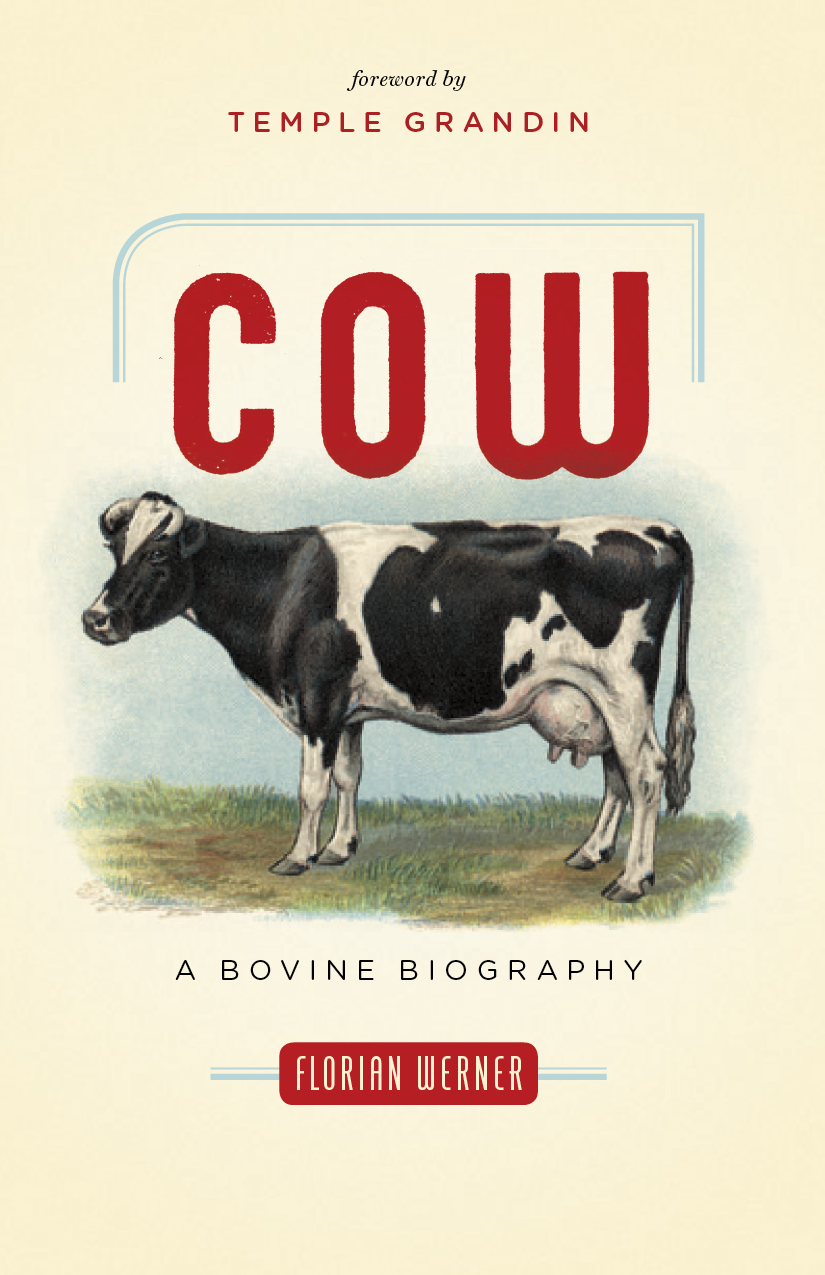
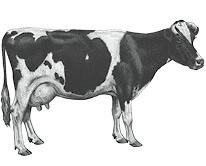

Copyright 2011 by Greystone Books
Translation copyright 2011 by Doris Ecker
Translated from the original German, Die Kuh: Leben, Werk und Wirkung by Florian Werner
2009 Nagel & Kimche im Carl Hanser Verlag Mnchen
Foreword copyright 2011 by Temple Grandin
First U.S. edition 2012
All rights reserved. No part of this book may be reproduced, stored
in a retrieval system or transmitted, in any form or by any means, without
the prior written consent of the publisher or a license from The Canadian
Copyright Licensing Agency (Access Copyright). For a copyright license,
visit www.accesscopyright.ca or call toll free to 1-800-893-5777.
Greystone Books
An imprint of D&M Publishers Inc.
2323 Quebec Street, Suite 201
Vancouver BC Canada V5T 4S7
www.greystonebooks.com
Cataloguing data available from Library and Archives Canada
ISBN 978-1-55365-581-7 (pbk.) ISBN 978-1-55365-980-8 (ebook)
Editing by Iva Cheung
Cover design by Peter Cocking
Every effort has been made to trace ownership of visual and written material
used in this book. Errors or omissions will be corrected in subsequent
printings, provided notification is sent to the publisher.
Unless credited to an English-language publication in the notes, all translations of quotations are by Doris Ecker.
The photograph of David Lynchs Eat My Fear on page 68 was generously provided by Frgfabriken, Stockholm.

The translation of this work was supported by a grant from the Goethe-Institut, which is funded by the German Ministry of Foreign Affairs.
We gratefully acknowledge the financial support of the Canada Council
for the Arts, the British Columbia Arts Council, the Province of British Columbia through the Book Publishing Tax Credit, and the Government of Canada
through the Canada Book Fund for our publishing activities.
Contents
In the Beginning
Was the Cow
Foreword
In this bovine biography, Florian Werner offers readers a fascinating literary perspective on the cow. His thorough research into cows role in human culture has unearthed countless examples of the cow as a mother figure in literature, mythology, and religion. A major theme throughout this book is that cows have a symbiotic relationship with humansone that has developed over thousands of years and that is mutually beneficial to both species. Humans breed, feed, and house cows, and in return they give us milk, meat, and other products.
In my own work with cattle, Ive done some long, hard thinking about the relationship between humans and animals. My first contact with cows was in high school, where I learned how to milk cows at the schools small twelve-cow dairy. During the summer I visited my aunts ranch in Arizona, and I was introduced to wild beef cattle that grazed on extensive pastures. Since these animals were not tame, they had to be held in a squeeze chute for their vaccinations. I saw that the pressure applied by the equipment had a calming effect on the animals. I became very interested in the squeeze chute because I was extremely anxious and had many panic attacks; my nervous system abnormalities, due to autism, made me desperate for relief. I tried getting in the cattle squeeze chute, and it calmed my nerves. This experience motivated me to design better equipment to handle the wild beef cattle that were not accustomed to close human contact. Since the 1970s, I have designed equipment for handling cattle in large slaughter plants; today half the cattle in the U.S. and Canada are handled in systems I developed. I discovered that if I eliminated little visual distractions within the system, such as reflections off shiny metal, a change in flooring texture, or a dangling chain, the cattle would walk peacefully up the chute to be killed. They were afraid of sensory detail that people often fail to notice.
After I had completed the design of one of my systems in 1990, I stood on a catwalk that looked over a sea of cattle. Realizing that they were going to die in a center track restrainer, a piece of equipment that I had developed, I became upset and began crying. But then I thought, None of the cattle would have even existed if people had not bred and raised them. This fundamental truth makes regular appearances in this book. As Florian Werner notes, It was only by letting themselves be domesticated by humans that [cows] could rise to be the most widespread and numerous large mammal on earth. They paid the price of freedom for a symbiotic relationship with humans and were thus protected from the dangers and burdens of life in the wild.
Because of my close work with animals, people ask me all the time if I eat meat. Yes, I do, and I eat beef often. I once tried a vegan diet but became so lightheaded that I couldnt function. I believe that my metabolism requires meat, and given that, as Werner shows, cows and humans have evolved together, depending on one another for millennia, I dont think its too far-fetched to conclude that some people are just genetically predetermined to need to eat meat.
But since we breed the cattle for their meat and their milk, we owe them a decent lifeone that is free of abuse and that offers them opportunities to have some positive experiences, like being able to live at least part of their lives on pasture. Scientific research makes it very clear that mammals experience negative emotions, such as fear and separation distress. Studies also show that they can experience positive emotions as well. That cows have feelings is clearly demonstrated in Florian Werners careful selection of examples from our cultural history.
As I read Werners numerous descriptions of cows in mythology and folk tales about cows, I was struck by how many of them were about individual animals rather than the herd. Individual cows have personalities, and the milkmaids and the cowherds throughout history have had relationships with individual cows. When I was in graduate school, I milked cows at the university dairy. Certain cows stood out from the herd, making a name for themselves as either really friendly or very difficult. One cow in particular would kick me only if I forgot who she was when I put on the milking machine. She never kicked when I remembered who she was and when I put the machine on with the respect she was due.
Although, as Werner shows in the chapter Evil Cows, cows have, in the past decade, been demonized by figures like Jeremy Rifkin as the source of global warming and the destruction of landscapes and ecosystems, I am buoyed by the recent growth of sustainable agricultural practices, including organic farming, that make the best use of livestock and that demonstrate once again that we need cattle as much as they need us. When grazing is done right, it can increase bio
diversity in grasslands: the manure from the animals fertilizes the soil, and well-managed grazing lands provide habitat and watering sources for wildlife. Vast areas in Africa, Australia, South America, and the U.S. stand to benefit from modern rotational grazing practices, which can increase plant growth, improving the carbon cycle and benefiting the environment.
Next page


